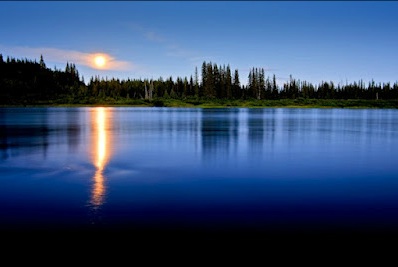The Kitchenuhmaykoosib Inninuwug (KI) Indigenous Nation (KI) is determined to safeguard their water. Between August 24 and September 7 a team of paddlers from KI are travelling 300 km beyond the nearest road to paddle the ancient route from the KI village to Hudson’s Bay. To follow their expedition, please go to http://kilands.org/waterexpedition/. For more on the situation faced by the KI, please see my previous blog. Here is their latest update from the river:
“Wild Life – August 31 morning
Today was a wildlife bonanza. There was a slight headwind which meant that our scent did not precede us down the river to warn shy animals of our approach.
We started out the morning watching a Bald Eagle swoop down from a nearby tree. Then we heard staccato honking that grew ever closer as two flocks of huge birds approached flying low over the river and passing directly above our heads. These were not the common Canada Goose, they were rare Cranes.
Next we saw a dark spot on the gravel bank about 200 meters ahead. As it moved towards us it became clear that it was a large lone wolf. We silently drifted towards it on the current and came within 60 feet before it caught our scent, lifted its nose, turned and loped off into the dense spruce forest. We were left breathless by such a close encounter with this wild and elusive creature.
A few kilometers further we pulled over and explored a wolf den dug into the bank of the river. Within the main chamber there was a clean beaver skull. Multiple escape routes led to other access holes, including small ones that only pups could travel. The whole area was covered in a dense network of wolf trails. Terry told us that he had seen the black wolf before. He is the alpha male of a large pack that lives in this area.
A Sacred Relationship – August 31 afternoon
Shortly after lunch we saw what looked like 3 logs floating in the river. But as they moved across the current we realized that these were caribou fording the river. They emerged on the other bank, their velvety antlers dripping river water, took a quick look at us and disappeared into the forest.
A short while later Orion and Joel saw another group of caribou and took one to feed our group. Richard thanked the animal, cleaned it expertly, and then arranged the head, legs and hide neatly to show respect and to ease its journey to the next life.
These are “muskeg caribou,” not the more rare and elusive Woodland Caribou found at Big Trout Lake. Both types have healthy populations in KI Homeland.
We grilled the choice cuts over an open fire after marinating it in moose berries (taste like sour cherries), honey and garlic — a real delicacy.
Caribou have been an essential source of protein for the KI for thousands of years. They remain one of the healthiest and most affordable sources of sustenance available to people in KI where outside food must be flown in or trucked long distances over ice roads. The people of KI take care of the vast landscape the caribou rely on, and the caribou provide much needed winter meat — a sacred and ancient relationship that lives on.
After eating from the land for a week it is not hard to understand why KI would want to ensure that their water as clean as possible. Anything that contaminates the land and the water hear will end up in the animals that KI people live on, and ultimately in their own bodies.”
The KI First Nation has accepted responsibility to protect this pristine area for future generations. This kind of wisdom, courage and leadership is almost completely absent at every level of our own governments. It is imperative that we support them in this struggle to take stewardship over their land and resources.
What’s Harper up to? Award-winning journalist Karl Nerenberg keeps you in the know. Donate to support his efforts today.




